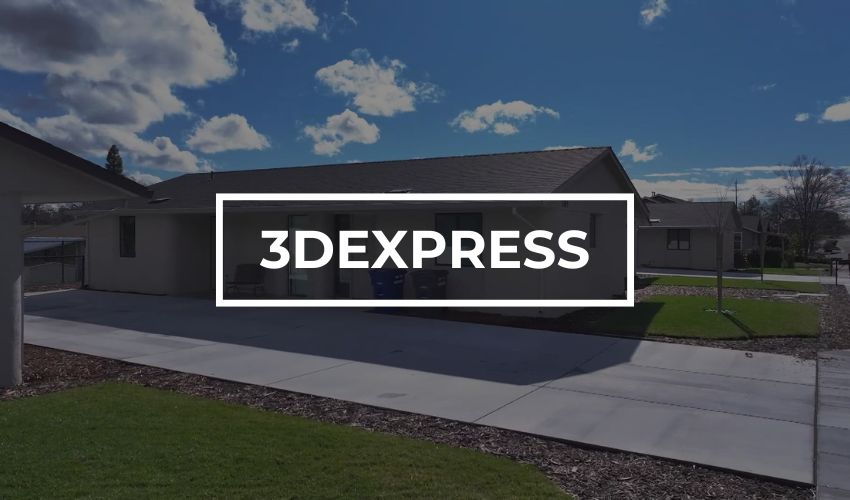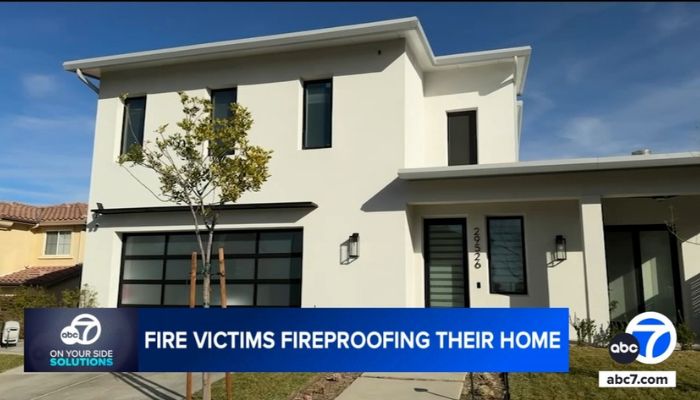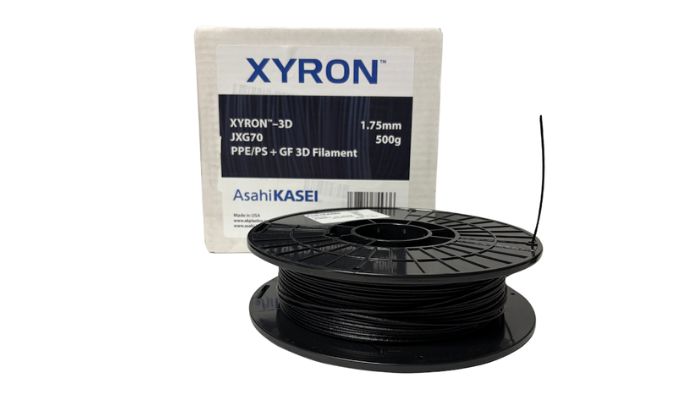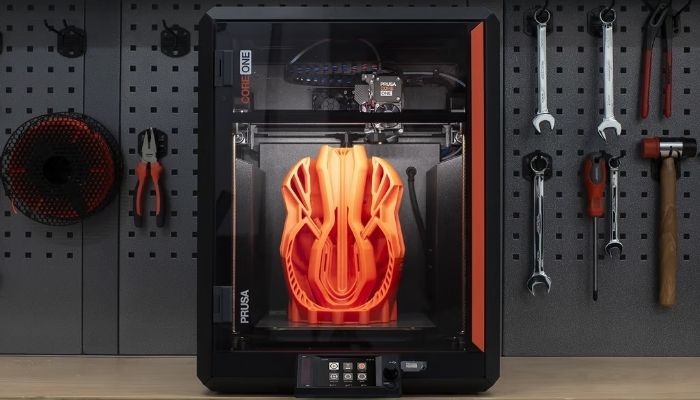#3DExpress: 3D Printed Fireproof Homes for Victims of the LA Wildfires

This week, we start off with news of hope. After the devastation of the LA wildfires, people affected have been searching for ways to rebuild, and 3D printing is playing a role. Namely, 3D printed fireproof homes have risen in popularity as a way to avoid a similar tragedy, and one women in California has become the first to sign a contract with Emergent 3D for a new home. Next, Texas-based company ICON has announced that it has raised a significant amount of money after announcing layoffs last month, and Asahei Kasei has stopped selling 3D printing filaments in its North American subsidiary. Meanwhile, Prusa has launched its latest 3D printer and a Korean pavilion was scanned to help in the country’s efforts towards preserving cultural heritage. Happy reading and have a great weekend!
3D Printed Fireproof Homes After LA Wildfires From California Company
Although the LA fires have finally ceased, they have left a train of devastation in their wake and an increased fear of wildfires. Now, as the area rebuilds, sometimes from total annihilation of entire neighborhoods, the question has been raised on how to prevent this from happening again. One possibility that has been raised has been 3D printed fireproof homes, such as those being offered by Emergent 3D. And in the most recent news, one woman who lost everything has become the first to sign a contract with the 3D printing construction company in Northern California. She will be receiving a 1200-square-foot 3d printed home with three bedrooms and two bathrooms and the best part? It’s fireproof. A sign of hope after tragedy.

Photo Credits: ABC7
ICON Raises $56M After Layoffs
Texas-based ICON has made waves in the construction and space sectors in recent years. However, despite that, just one month ago, it announced that it would be laying off more than 100 employees in order to realign its focus on its newest robotic system for printing multistory homes and buildings using a new, low-carbon material. But now, it seems that it has raised quite a bit more money, around $56M according to financial disclosures. Although we cannot be sure what will happen, given that the layoffs were expected on March 8th, it will be interesting to see whether they still go ahead and in any case it shows the continued interest in the company’s 3D technology.
Photo Credits: ICON
Asahi Kasei Ends Sale of 3D Printing Filaments in North America
In another blow to the 3D printing material industry, Asahi Kasei has announced that its American subsidiary, Asashi Kasei Plastics North American (APNA) has stopped developing, marketing and selling 3D printing filaments. The company initially entered the market back in October 2023 with filaments made from a modified polyphenylene ether (mPPE) resin, named XYRON as well as polypropylene (PP). The decision to stop seems to have been an internal one, showing perhaps the unprofitability of the line for the chemical company. That being said, the business will still be offering its Thermolyne pellets.

Photo Credits: MatterHackers
Prusa Unveils a New Machine
The Czech manufacturer announced this week the launch of a new FDM 3D printer, the Prusa CORE One. This is a fully enclosed machine, featuring a precise temperature control system to improve print quality. Its platform measures 250 x 220 x 270 mm, and it offers an ultra-fast manufacturing process. The chamber temperature can reach 55°C, enabling a wider range of polymers to be printed. The CORE One is also equipped with an automatic ventilation system. Prusa explains that this 3D printer is suitable for both beginners and professionals. It is available from $1199 assembled and $949 in kit form.

Photo Credits: Prusa
Korean Pavilion 3D Scanned to Preserve Cultural Heritage
3D technologies can be a great help when it comes to preserving our history and culture. A recent example comes from Korea: the Korean Heritage Service has called on 3D scanning solutions to create a digital twin of the Hanbyeongnu Pavilion. Built in 1317, it is a symbol of traditional Korean art. However, like many historical monuments, it had fallen victim to the elements and the passage of time, collapsing in 1972. Rebuilt three years later, it remains a symbol for the country. In order to prevent this type of reconstruction, the Heritage Department decided to digitize the building, preserving every detail and making it accessible to all enthusiasts. To achieve this, the teams used the Artec Ray II LIDAR scanner, which can scan objects up to 130 metres away. A digital twin of the pavilion was thus created, with every nuance of color and detail. An agency representative from the Korea Heritage Service concludes, “By utilizing advanced scanning technology, we can easily and safely collect cultural heritage data. Accurate and well-preserved digital cultural heritage can be freely accessed by households, schools, educational institutions, and businesses, allowing individuals to view it at their desks, print it out, and even spark curiosity to visit these sites in person, thereby significantly contributing to the tourism industry.”

Photo Credits: Artec 3D
What do you think about 3D printed fireproof homes in California? Let us know in a comment below or on our LinkedIn, Facebook, and Twitter pages! Don’t forget to sign up for our free weekly Newsletter here, the latest 3D printing news straight to your inbox! You can also find all our videos on our YouTube channel.







